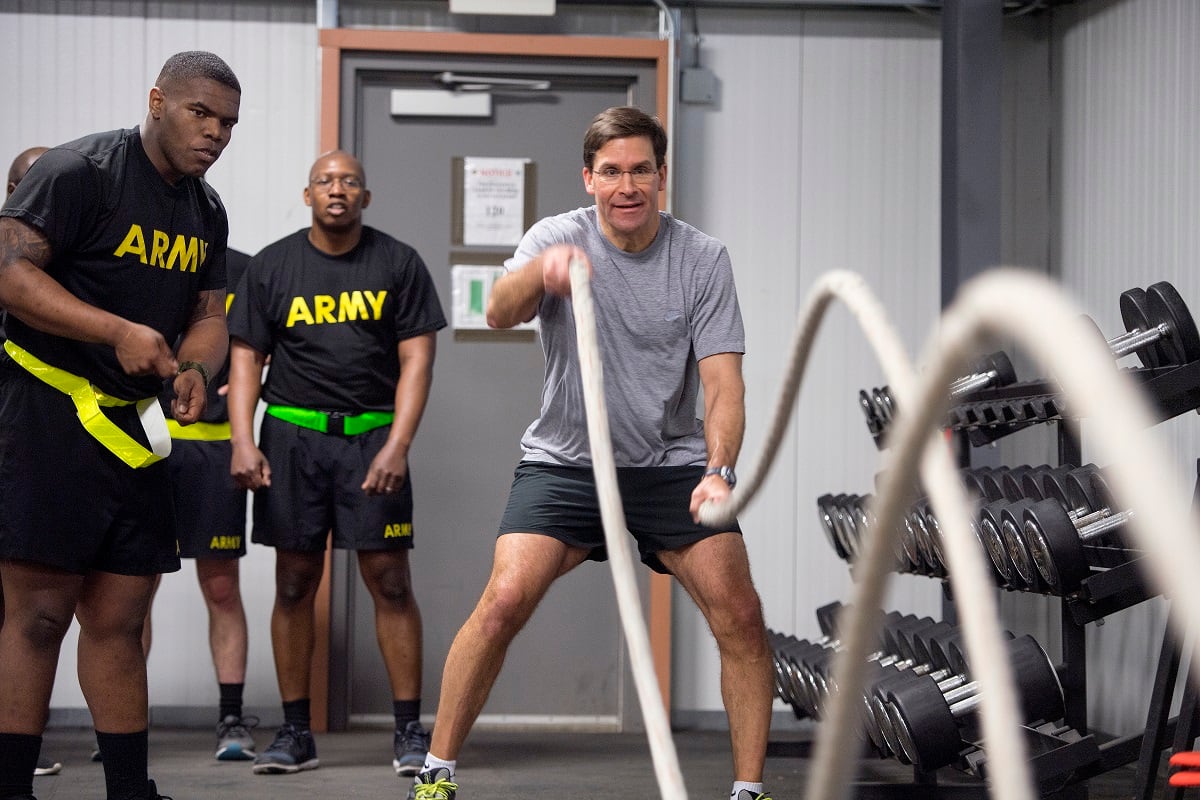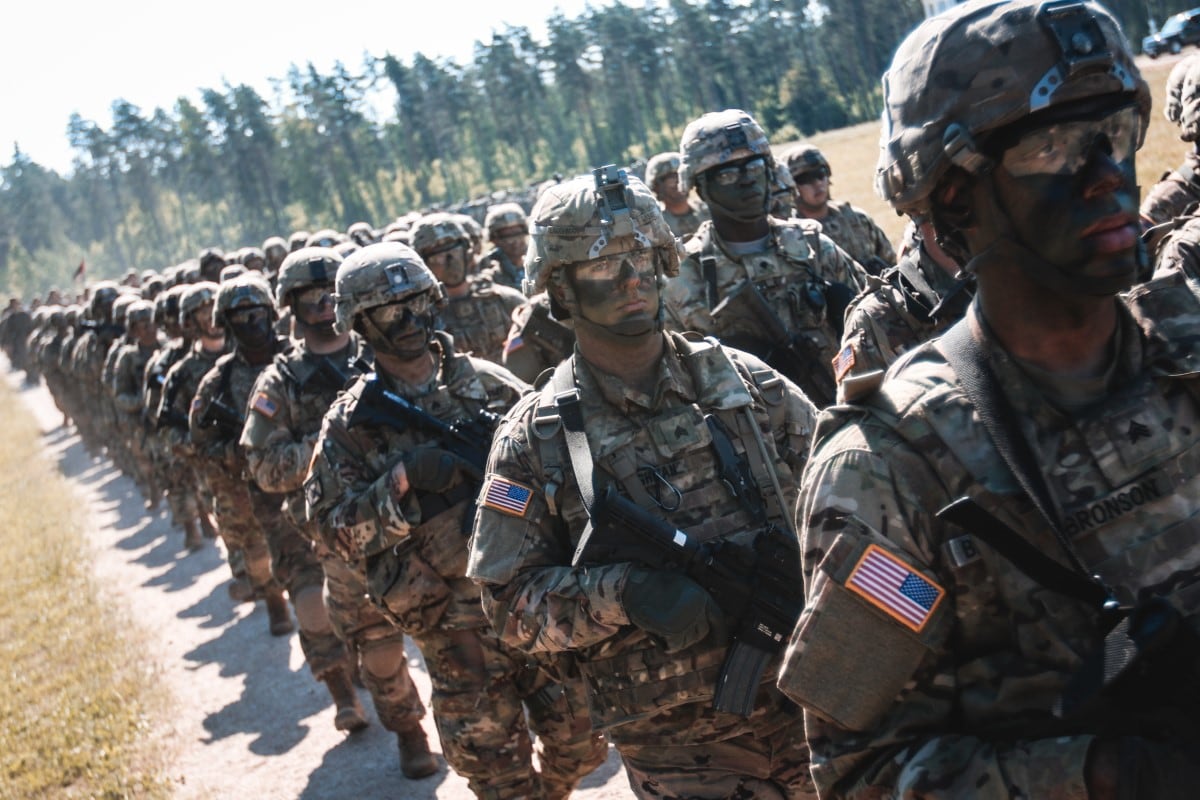Top Army officials have expressed confidence that the service will be able to get back on track in its push to build end strength over the next few years, following a recruiting shortfall in 2018 that negated a planned manning increase of 7,500 soldiers.
But even if the service hits its growth marks through 2022, it will likely not reach its goal of 500,000 active-duty soldiers until more like 2025, according to a Government Accountability Office report released Wednesday.
“Army officials told us that the Army does not expect to be able to achieve its authorized end strength for fiscal year 2019,” GAO’s director of defense capabilities and management said in his prepared remarks. “Looking ahead, the Army is considering revisions to its expansion plans and now expects to reach a new end strength goal by 2025.”
John Pendleton joined Army Secretary Mark Esper and Army Chief of Staff Gen. Mark Milley in a closed-door hearing with the Senate Armed Services Committee on Wednesday, where he presented the findings of the report.
“The Army has been pretty responsive to some of the readiness challenges they’ve had,” Pendleton told Army Times on Thursday.
In addition to general manning challenges, the GAO found that the Army is also low on some key skills, including civilian test pilots in aircraft depots.
There have also been issues in finding enough soldiers to join the cyber warfare community and the security force assistance brigades.
Fielding those units quickly could impact their readiness down the line.
“For example, the Army is planning to add uniformed personnel who specialize in cyber operations to its combat units and as part of newly established MultiDomain Task Forces, but there is not yet a clear understanding of the tasks they will have to perform or an updated training strategy to support them, according to Army officials,” the report found.
Nothing in the report is dire, Pendleton said, adding that the Army should foremost be checking in with all of its new initiatives to assure every base is covered.
“In the short-term, they need to make sure they’ve got a plan to measure how they’re doing against all of their readiness objectives,” Pendleton told Army Times.
The report offers the same advice for modernization efforts, as the Army embarks on six program goals under Army Futures Command.
“Training is probably, I think overall, the most positive story,” Pendleton said. “They have improved markedly both on the low and high side.”
The service has been steadily increasing the number of combat training center rotations it completes every year.
“Since we completed our work, the Army is funding up to 26 brigade combat teams to go through a decisive-action training event at its combat training centers in fiscal year 2019,” according to the report.
The GAO also highlighted Esper’s push to reduce mandatory training and administrative tasks, which had gotten underway before he took office in December 2017.
RELATED

“We reported that the Army had begun to lock in a unit’s planned training six weeks in advance, in an effort to protect units from external tasks that could affect training schedules of brigades and their subordinate units,” referencing a 2016 GAO report. “The early setting of training schedules was intended to prevent an external task from interfering with that training.”
There was one training shortfall mentioned, however, in terms of efforts to use unmanned aerial systems.
The Army is lacking training facilities and airspace to train UAS pilots, according to the GAO. A 2017 report also found that the Army’s UAS pilot assessment “could have been improved.”
“For example, we reported that the Army used only three of the 78 identified competencies that an Army-Air Force research team identified as ‘moderately,’ ‘highly,’ or ‘extremely important’ for UAS pilots," the report found.
The GAO has made 44 recommendations to the Army, and the service has tackled seven of them, Pendleton said, while they continue to work on many of the others.
“These recommendations provide a partial road map to address important readiness challenges, and implementing our recommendations to improve the management of personnel, equipment maintenance, and training would help the Army meet current threats and assist it as it refocuses on readiness for large-scale combat operations,” he said in his statement to the committee. “In addition, sustained management attention and continued congressional oversight will be needed to ensure that the Army demonstrates progress in addressing its personnel, equipment, and training challenges.”
Meghann Myers is the Pentagon bureau chief at Military Times. She covers operations, policy, personnel, leadership and other issues affecting service members.
